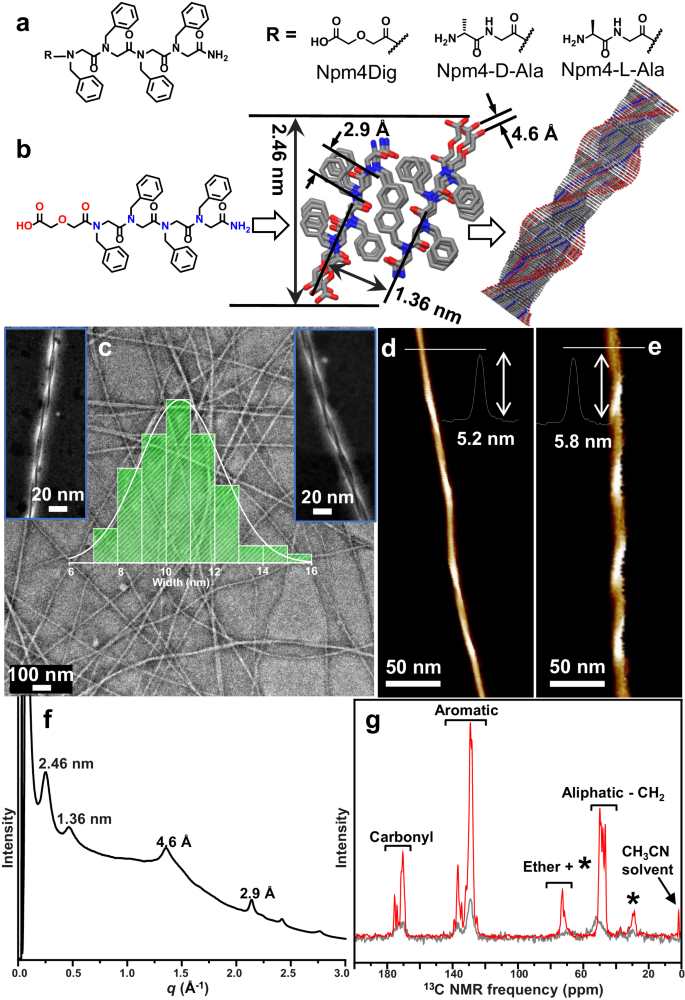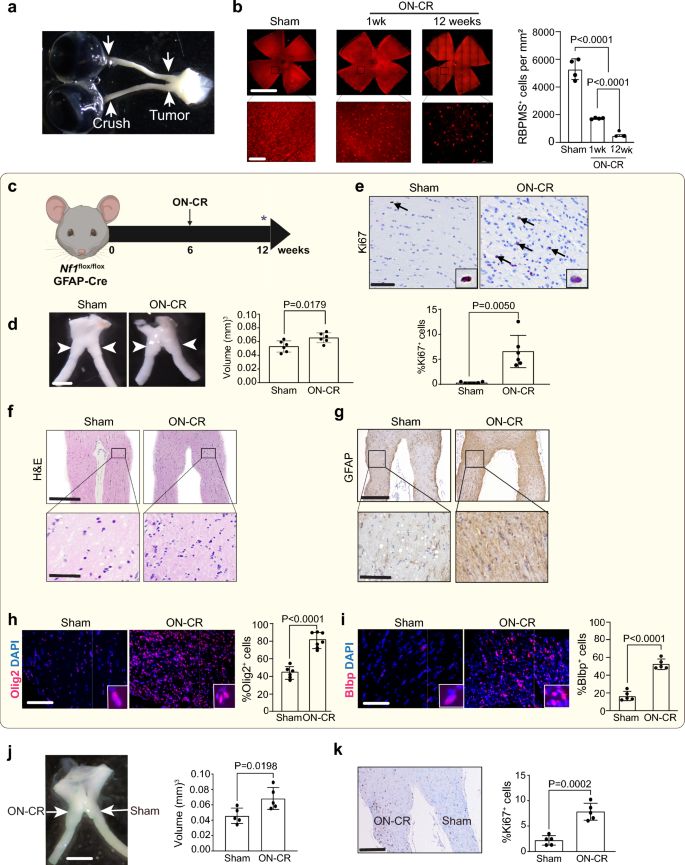2024-05-09 パシフィック・ノースウェスト国立研究所(PNNL)
<関連情報>
- https://www.pnnl.gov/news-media/designer-peptoids-mimic-natures-helices
- https://www.nature.com/articles/s41467-024-46839-y
- https://onlinelibrary.wiley.com/doi/10.1002/anie.202403263
短い両親媒性ペプトイドのナノヘリックスへのアセンブリと制御可能な超分子キラリティ Assembly of short amphiphilic peptoids into nanohelices with controllable supramolecular chirality
Renyu Zheng,Mingfei Zhao,Jingshan S. Du,Tarunya Rao Sudarshan,Yicheng Zhou,Anant K. Paravastu,James J. De Yoreo,Andrew L. Ferguson & Chun-Long Chen
Nature Communications Published:16 April 2024
DOI:https://doi.org/10.1038/s41467-024-46839-y

Abstract
A long-standing challenge in bioinspired materials is to design and synthesize synthetic materials that mimic the sophisticated structures and functions of natural biomaterials, such as helical protein assemblies that are important in biological systems. Herein, we report the formation of a series of nanohelices from a type of well-developed protein-mimetics called peptoids. We demonstrate that nanohelix structures and supramolecular chirality can be well-controlled through the side-chain chemistry. Specifically, the ionic effects on peptoids from varying the polar side-chain groups result in the formation of either single helical fiber or hierarchically stacked helical bundles. We also demonstrate that the supramolecular chirality of assembled peptoid helices can be controlled by modifying assembling peptoids with a single chiral amino acid side chain. Computational simulations and theoretical modeling predict that minimizing exposure of hydrophobic domains within a twisted helical form presents the most thermodynamically favorable packing of these amphiphilic peptoids and suggests a key role for both polar and hydrophobic domains on nanohelix formation. Our findings establish a platform to design and synthesize chiral functional materials using sequence-defined synthetic polymers.
配列決定ペプチドからの多次元機能性材料の階層的自己組織化 Hierarchical Self-Assembly of Multidimensional Functional Materials from Sequence-Defined Peptoids
Li Shao, Dehong Hu, Shao-Liang Zheng, Thi Kim Hoang Trinh, Wenhao Zhou, Haoyu Wang, Yanxu Zong, Changning Li, Chun-Long Chen
Angewandte Chemie International Edition Published: 24 April 2024
DOI:https://doi.org/10.1002/anie.202403263
Graphical Abstract
The correlation between microscopic molecular structures of sequenced-defined peptoids and their resultant macroscopic assemblies was explored. By incorporating tetraphenylethylene and its derivative as functional groups at the termini of peptoid sequences, three-dimensional twisted bundles were evolved from discrete nanotubes or nanosheets, further enabling the creation of a highly efficient artificial light harvesting system.
Abstract
Hierarchical self-assembly represents a powerful strategy for the fabrication of functional materials across various length scales. However, achieving precise formation of functional hierarchical assemblies remains a significant challenge and requires a profound understanding of molecular assembly interactions. In this study, we present a molecular-level understanding of the hierarchical assembly of sequence-defined peptoids into multidimensional functional materials, including twisted nanotube bundles serving as a highly efficient artificial light harvesting system. By employing synchrotron-based powder X-ray diffraction and analyzing single crystal structures of model compounds, we elucidated the molecular packing and mechanisms underlying the assembly of peptoids into multidimensional nanostructures. Our findings demonstrate that incorporating aromatic functional groups, such as tetraphenyl ethylene (TPE), at the termini of assembling peptoid sequences promotes the formation of twisted bundles of nanotubes and nanosheets, thus enabling the creation of a highly efficient artificial light harvesting system. This research exemplifies the potential of leveraging sequence-defined synthetic polymers to translate microscopic molecular structures into macroscopic assemblies. It holds promise for the development of functional materials with precisely controlled hierarchical structures and designed functions.



